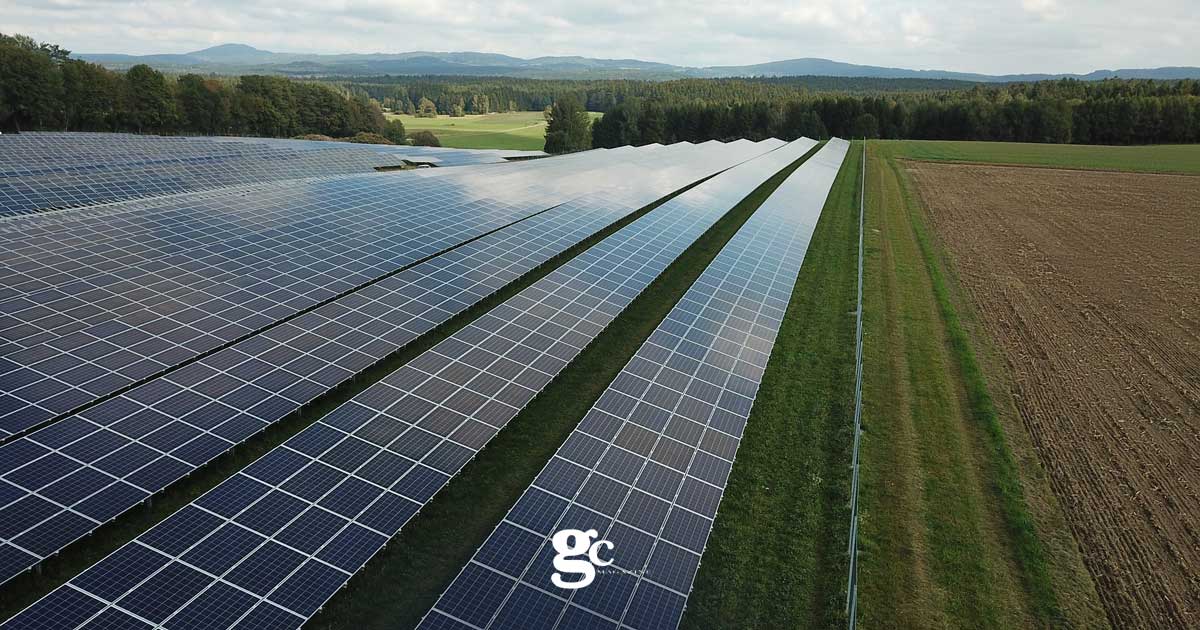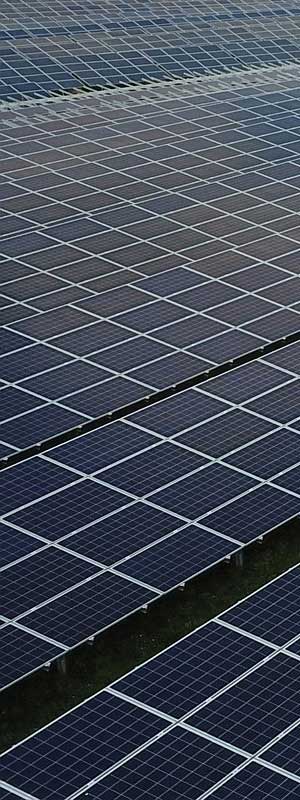28 February 2023

ACEPER takes a stand on ground-mounted plants and agrivoltaics: “An opportunity towards green energy to be seized, and also a good investment”
The need for green energy is becoming increasingly urgent, not only to meet the targets set by the 2030 Agenda but also to address the necessity for our country to achieve energy independence, as we are still too dependent on foreign supplies. Seizing every opportunity becomes crucial. Therefore, installing photovoltaic systems on unused agricultural land or cultivated fields can make a significant contribution to energy independence. Furthermore, it presents an interesting economic opportunity for landowners, as it can prove to be a good long-term investment.
Simone Ruffinatto, vice president of ACEPER, is convinced of this: “Utilizing abandoned land is a way to economically revitalize unproductive areas while also contributing to the production of green energy. Photovoltaic systems provide substantial income to landowners over long periods, with lease contracts typically lasting twenty or thirty years, or through sales at above-average prices.”
Addressing the objections raised by those who believe this is merely another form of land consumption leading to a reduction in agricultural production, Ruffinatto responds: “The law, particularly but not exclusively Article 11 of Decree 17 of 01/03/2022 and Article 65 of Decree 1 of 24/01/2012, is stringent specifically to avoid these risks. In fact, the land designated for photovoltaic systems must meet specific criteria, considering soil consumption and the potential reduction in agricultural production. We are talking about predominantly abandoned, non-productive, uncultivated lands, as well as industrial sites, disused quarries, landfills, or compromised land.”
He continues: “The need to increase the country’s energy production from environmentally friendly sources like photovoltaics and wind power should go hand in hand with the protection of the territory. By 2030, Italy needs to install 70 GW of renewable energy capacity to reduce greenhouse gas emissions by 55%. Moreover, this is particularly important, the new generation of installations is much less impactful than the older ones, and there is also the possibility of maintaining productive land through agrivoltaics, one of the most advanced technologies in this sector. In this case, the solar panels are elevated above the ground and coexist with the crops, allowing for the combined production of photovoltaic energy and agricultural crops on the same land. The panels, positioned above the plants, create shade and establish a favorable microclimate for cultivation. According to a study led by French scientist Professor Christophe Dupraz, agrivoltaic systems can increase overall land productivity by 35% to 73%. The climate changes we are experiencing are causing significant problems for agriculture, and the shading provided by photovoltaic systems can help the survival of plants.”
In addition to helping achieve energy autonomy goals, photovoltaic systems on abandoned and unused land, or agrivoltaics on productive land, can also present an economic opportunity for landowners: “It certainly is. Landowners can lease their land to specialized companies that handle the construction, management, and administration of the installations, thus generating long-term income,” confirms the ACEPER vice president. “Of course, landowners, particularly with agrivoltaics, can set up the installations on their land and continue agricultural production, combining the economic returns from both. For this reason, banks have made financing available for the construction and installation of these systems on the land.

Press review
For information


